Exploring the Best 90s Board Games: A Nostalgic Journey


The 1990s saw a golden era of board games, with numerous titles that brought joy and competition to households worldwide. These games, ranging from the strategic complexity of Risk to the fast-paced fun of MouseTrap, have left an indelible mark on generations. This article takes a nostalgic look at the best board games of the 1990s, exploring their distinct charms and reasons for their continued popularity today.
The Classics: Games That Defined the 90s
The 1990s was a period of great innovation in board games, marked by a combination of enduring classics and groundbreaking new titles that captured the imaginations of gamers worldwide. Let us explore some of the most iconic games that defined this era.
Monopoly
In the 1990s, Monopoly, a classic board game that involves trading properties and strategic planning, saw a revival with the release of several themed editions. These editions, ranging from those based on Star Wars to those featuring Disney characters, brought new life to the game by appealing to diverse interests and age groups. During this period, electronic banking versions were also introduced, further modernizing gameplay and ensuring its relevance in the digital era.
Clue
Clue, also known as Cluedo in certain regions, has continued to maintain its status as a premier murder mystery game. During the 1990s, new editions were released that introduced fresh elements and characters, while maintaining the game’s inherent intrigue. This enduring popularity of the game is supported by a dedicated fanbase that is attracted by the strategic thinking required to solve mysteries.
Risk
Risk, a game of global domination that has long been a favorite among strategy enthusiasts, continues to be a popular choice. Its appeal lies in the complex tactical planning and strategic alliances that are required to conquer the virtual world. In the 1990s, new editions of the game were introduced, including Risk: The Castle and Risk: Lord of the Rings. These editions expanded the game universe and attracted fans from different gaming genres.
Notable Mentions
Beyond the classics, several other games left their mark on the 90s:
- Trivial Pursuit: Continued to challenge players’ general knowledge with various themed editions.
- The Game of Life: Updated versions included new career paths and life events, reflecting contemporary society.
- Jenga: The simple yet nerve-wracking game of wooden block stacking became a household favorite.
- Cranium: Launched in the late 90s, combining elements of trivia, charades, and drawing, quickly becoming a party game staple.
Quick Facts:
- Monopoly: Over 300 different versions were available by the end of the decade.
- Clue: Introduced “The Simpsons Clue” in 1990, integrating popular culture into gameplay.
- Risk: Expanded into various themed editions, broadening its appeal.
The 90s were indeed a vibrant time for board games, blending the charm of classic titles with innovative new approaches, ensuring that family game night was always something to look forward to.
Childhood Favorites: Games We Grew Up With
The 1990s were a nostalgic time for many, with board games playing a significant role in childhood entertainment. In this article, we will explore some of the most notable games that brought joy and excitement to countless young players.
Mouse Trap
Mouse Trap was well-known for its intricate and engaging gameplay. Players constructed a complex device piece by piece, resulting in a thrilling sequence of events that led to the capture of the mouse. The game not only provided entertainment but also promoted creativity and problem-solving abilities. Originally released in 1963, it gained increased popularity in the 1990s due to updated versions with more vibrant graphics.
Hungry Hungry Hippos
A staple of 1990s board games, “Hungry Hungry Hippos” was renowned for its fast-paced and frantic gameplay. Players controlled miniature plastic hippos in order to consume as many colored marbles as they could, which made it a favorite for its simplicity and the thrill it provided. The game first appeared in 1978, but experienced a resurgence during the 1990s, establishing itself as a classic title. An interesting fact: the various editions of the game featured hippos named Lizzie, Henry, Homer, and Harry.
Operation
Operation tested players’ hand-eye coordination and ability to remain calm under pressure as they attempted to remove a variety of ailments from the character “Cavity Sam” while avoiding triggering the buzzer. Originally released in 1965, this game of precision and skill saw a resurgence in popularity in the 1990s, thanks to its unique combination of humor and challenging gameplay. Ailments such as “Butterflies in the Stomach” and “Wrenched Ankle” provided endless entertainment for players, adding to the game’s charm and appeal.
Quick Facts
- Mouse Trap: Engaged players with over 24 individual pieces in its Rube Goldberg-style machine.
- Hungry Hungry Hippos: The game could be played by up to 4 players, making it perfect for parties.
- Operation: Included 12 unique ailments to extract, each requiring a different level of skill.
These games were not just recreational activities; they were essential parts of growing up in the 1990s. They taught valuable skills and provided endless entertainment. Their lasting appeal lies in their ability to bring people together and create memories that last a lifetime.
Forgotten Gems: Rediscovering 90s Treasures
The 1990s weren’t just about the classics; they also saw the emergence of some unique and innovative board games that, while perhaps forgotten today, left a lasting impact on those who played them. Let’s take a look at a few of these hidden treasures.
Dream Phone
Dream Phone was a standout game for pre-teens, combining mystery-solving and teenage romance elements. Players used a virtual phone to collect clues and determine which character had a secret interest in them. The interactive nature of the phone added an element of excitement and authenticity to the gaming experience. Released in 1991, Dream Phone quickly became a cultural sensation, known for its memorable jingle and phrases such as “I’m not at the mall”.
Grape Escape
Grape Escape was a fun and imaginative game in which players molded their own grape models out of clay and navigated a hazardous grape-themed factory. The excitement came from squishing opponents’ grape models with various traps, such as a roller and scissors. Launched in 1992, the appeal of the game lay in its interactive approach, combining creativity and sabotage elements.
Omega Virus
Omega Virus was a pioneering game that utilized high-tech electronic gameplay. The game was set on a futuristic space station, where players raced to defeat a rogue virus and save the station. Players interacted with the game world through electronic voice commands, adding a unique level of immersion to the experience.
Launched in 1992, Omega Virus stood out from other board games of the time due to its innovative use of technology. The game featured a talking computer module that guided players through the action, providing a rare level of interactivity for a board game at the time.
Quick Facts
- Dream Phone: Featured over 24 possible boy suspects and a variety of locations.
- Grape Escape: Included colorful molds and multiple traps for squishing grapes.
- Omega Virus: Used an electronic module with over 300 voice commands and sound effects.
These forgotten gems from the 1990s introduced unique elements to the board gaming scene, providing interactive and immersive experiences that captivated the imaginations of players. Revisiting these games serves as a reminder of the creativity and innovation that characterized gaming culture in the 1990s.
Family Fun: Games That Brought Us Together
The 1990s were a period of increased emphasis on family bonding, with board games serving as a central element in bringing families together for extended periods of entertainment and laughter. Some of the most popular and cherished titles of this era have left a lasting impression on family game night traditions.
The Game of Life
The Game of Life is a simulation game that allows players to navigate through various life stages, from college to retirement. Players make choices that influence their path to success, and the outcome of these decisions can lead to different outcomes.
The game was originally released in 1960 and has undergone several updates since then, incorporating more modern career options and life events into the gameplay. Players can become doctors, teachers, artists, or other professionals, and the colorful board and spinner add to the visual appeal of the game.
Throughout the game, players learn valuable lessons about the importance of decision-making and how choices can affect their journey. The game encourages players to think critically about their actions and consider the consequences of their decisions.
Guess Who?
“Guess Who?” is a game of deductive reasoning and quick thinking that is ideal for family gatherings. Players ask yes-or-no questions in order to narrow down the list of possible characters and attempt to guess their opponent’s chosen character first. The game was introduced in 1979 and has maintained its popularity throughout the 1990s thanks to its simple but engaging gameplay. In the 1990s, various editions of the game featured updated character boards that kept the game fresh and engaging for new generations of players.
Twister
Twister added a physical and often humorous element to game nights. Participants contorted their bodies in order to place their hands and feet on the colored circles, following the instructions of a spinner, leading to laughter as they attempted to maintain balance. Introduced in 1966, Twister experienced a resurgence during the 1990s, becoming a popular party game, loved for its ability to help break the ice and provide endless entertainment. It was more than just a game; it was an exercise in flexibility and coordination.
Quick Facts
- The Game of Life: Featured a 3D board with life events like buying a house and having kids.
- Guess Who?: Included 24 unique characters, promoting deductive reasoning.
- Twister: Required a large mat and a spinner, leading to physically engaging gameplay.
These games were not simply a means of passing the time, but rather an integral part of family bonding. They taught important skills and created lasting memories. From navigating life’s challenges in The Game of Life to deducing the identities of characters in Guess Who? and contorting in laughter during Twister, these games provided joy and connection for countless households.
Fantasy and Adventure: Imagination Unleashed
The 1990s were a vibrant time for board games that transported players to fantastical realms and epic battles. These games not only provided hours of entertainment but also sparked the imagination with their rich narratives and strategic depth. Here are some of the standout fantasy and adventure games that defined the decade.
HeroQuest
HeroQuest was a first-person dungeon-crawling role-playing game that captured players with its engaging storyline and strategic gameplay. Originally released in 1989, the game gained significant popularity in the early 1990s. Players assumed the roles of various heroes, including a barbarian, elf, dwarf, and wizard, each with their own unique abilities.
The game’s standout features included its detailed miniature figures and modular board, which allowed for multiple configurations for different quests. This combination of role-playing elements and board game mechanics made HeroQuest a precursor to modern adventure games, paving the way for future titles in the genre.
Dragon Strike
Dragon Strike brought a unique combination of board game mechanics and video storytelling to the market. Released in 1993, the game included a video cassette that provided an interactive narrative and set the scene for the game’s adventures. Players could select from various character classes and embark on quests, which were narrated and visually presented through the video cassette, creating a highly immersive experience. This innovative use of multimedia technology was ahead of its time and contributed to the dynamic and engaging nature of the gaming experience.
Battle Masters
Battle Masters was a large-scale game with a battle theme, offering epic confrontations on a vast board. Released in 1992, the game featured a massive playing field and hundreds of miniature figures representing various units, such as knights, archers, and orcs. Designed for large-scale battles, players maneuvered their armies to outflank and defeat their opponents. Thanks to its large scale and detailed miniatures, Battle Masters became a favorite among fans of wargaming and strategy games.
Quick Facts
- HeroQuest: Included 35 miniatures and a customizable board for endless replayability.
- Dragon Strike: Combined VHS narrative with traditional board game elements, offering a multimedia experience.
- Battle Masters: Featured a 5’x5’ game mat and over 100 miniatures, allowing for large-scale battles.
These fantasy and adventure board games were not merely entertainment; they offered players an immersive experience that transported them to imaginative realms, where they could assume the role of heroes, strategists, or explorers. Through the combination of captivating storytelling and intricate gameplay, games such as HeroQuest, Dragon Strike, and Battle Masters have created unforgettable experiences that have had a lasting impact on the board gaming community.
Scary and Spooky: Thrills of the 90s
The 1990s saw the introduction of a unique range of board games, many of which embraced spooky and exciting themes. These titles not only provided entertainment, but also created a sense of uneasy excitement that made them ideal for game nights. Some of the most notable spooky board games of the decade include:
Atmosfear
Atmosfear was a video game that utilized VHS technology in an innovative way to create a frightening atmosphere. Players were challenged to race against each other and the clock in order to collect keys and overcome their deepest fears, guided by a frightening host known as the Gatekeeper. The game was released in 1991 and stood out for its unique combination of live-action footage, atmospheric music, and time-based challenges, which made each game unpredictable and engaging. The presence of the Gatekeeper, with his eerie commands, added an extra layer of suspense that kept players on the edge of their seats throughout the experience.
Betrayal at House on the Hill
While Betrayal at House on the Hill was officially released in 2004, it draws upon the mechanics and narrative conventions of horror games from the 1990s, which were deeply ingrained within the gaming culture at that time. The game revolves around exploring a haunted house, where players work together until one player betrays the rest, leading to a climactic confrontation.
The game’s replay value is enhanced by the variety of possible scenarios, each with its own unique storyline and outcome. This sense of uncertainty and the possibility of betrayal create an immersive and intense gaming experience that harkens back to the themes of horror of the 1990s.
Nightmare
Nightmare was another video game based on VHS that provided an eerie gaming experience in the living room. Like Atmosfear, it required players to follow the instructions of a sinister character while trying to collect items within a limited time frame. Released in 1991, the game became popular due to its interactive elements and innovative use of VHS technology to create a dynamic and frightening gaming environment.
The game’s antagonist, known as the “Gatekeeper,” would appear at unpredictable moments, adding an element of surprise that kept players engaged. This element, combined with the use of VHS, created a unique and immersive experience that set the game apart from other titles of its time.
Quick Facts
- Atmosfear: Known for its live-action video host and timed gameplay, creating an immersive spooky experience.
- Betrayal at House on the Hill: Features modular board tiles and multiple scenarios, ensuring high replayability.
- Nightmare: Utilized VHS technology to introduce random scares and interactive challenges.
These spooky board games brought a thrilling dimension to gaming nights in the 1990s. They combined traditional gameplay with innovative multimedia elements, creating unforgettable and eerie gaming experiences. Whether players raced against the Gatekeeper in “Atmosfear” or uncovered treachery in a haunted house in “Betrayal at House on the Hill”, these games captivated players and terrified them equally.
The 90s was a great time for board games. There was all kinds of stuff to play, from deep strategy games to fun and lighthearted ones. While some of those games bring back warm memories and make one feel nostalgic, they also show how creative and innovative board games were during that decade. If you’re looking for a game to play again or just want to try something new, there’s something for everyone in the world of ’90s board games.
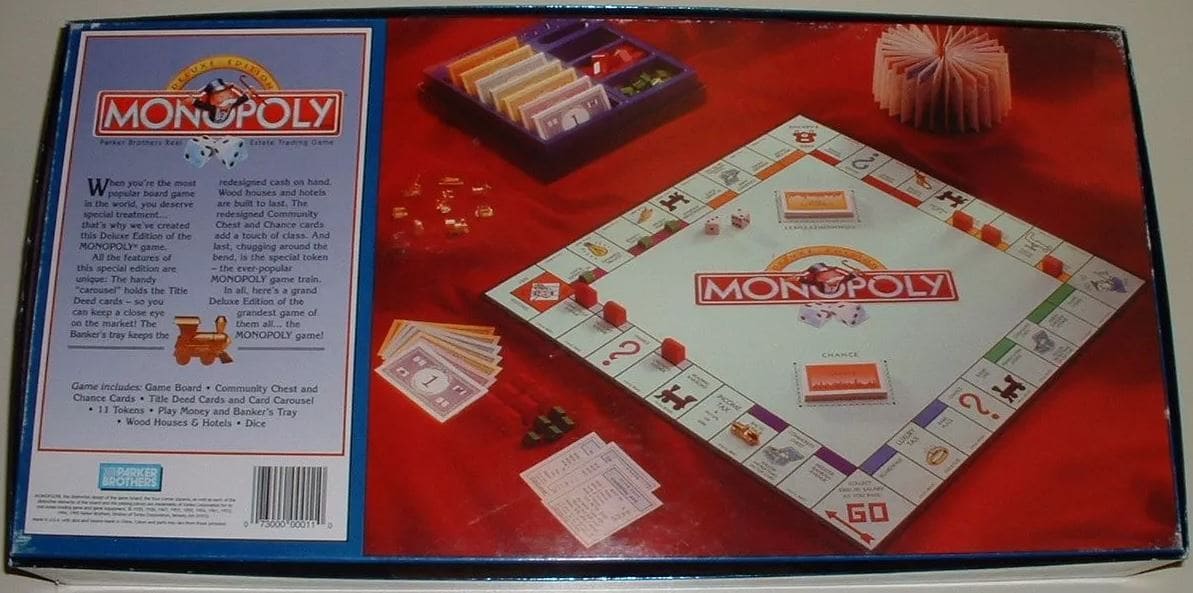
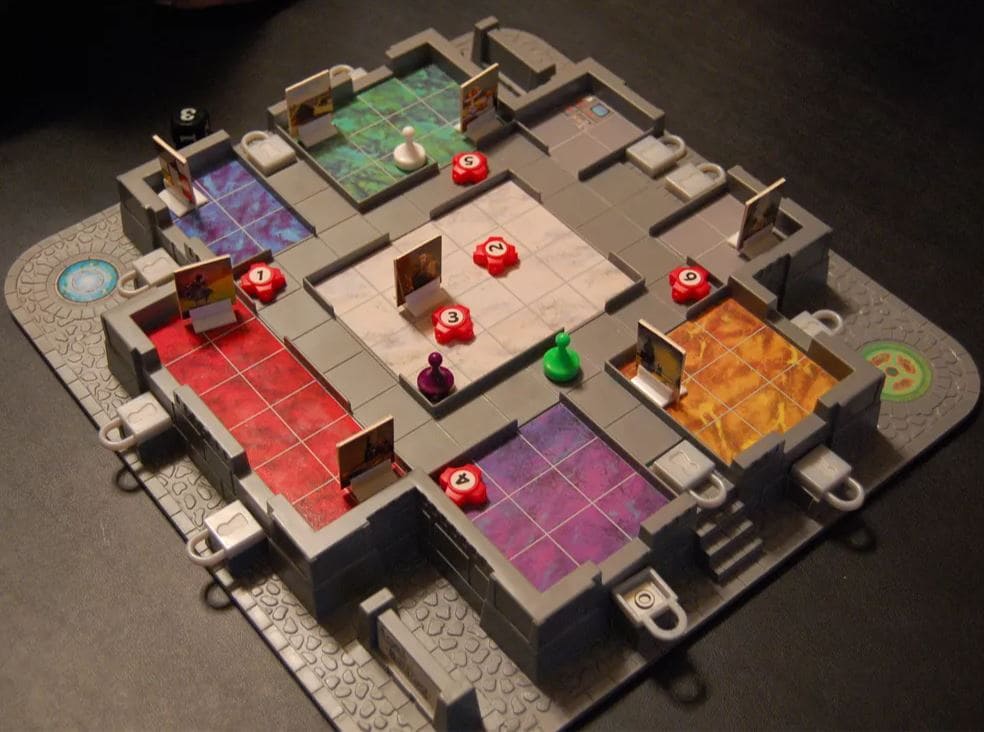
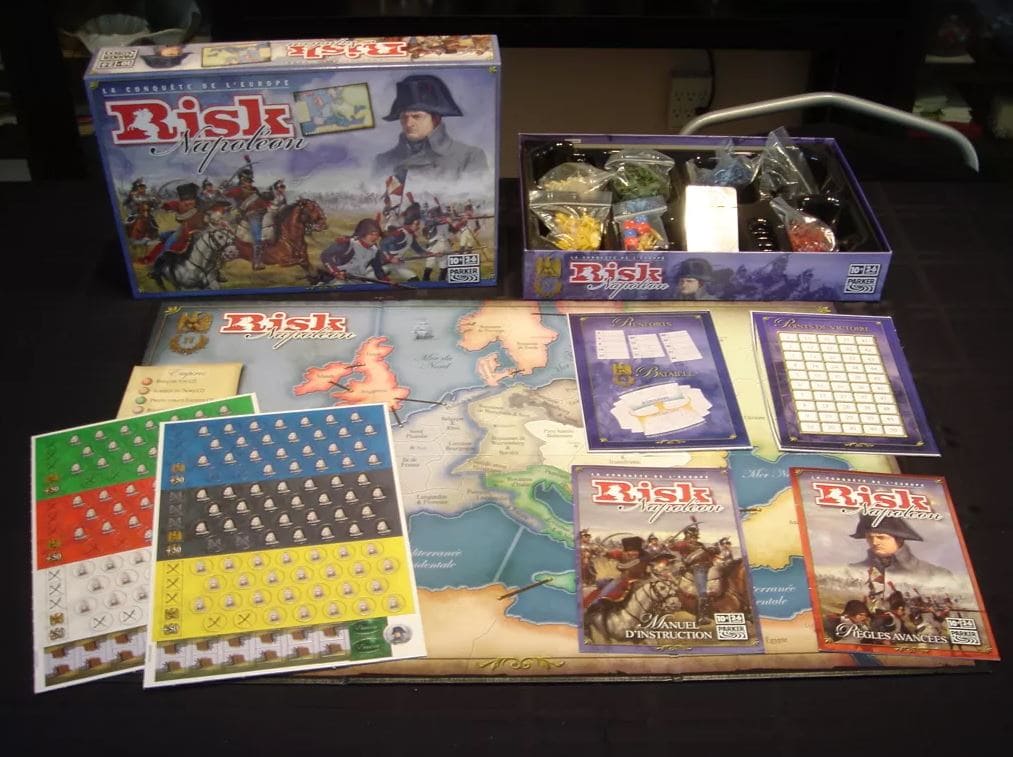
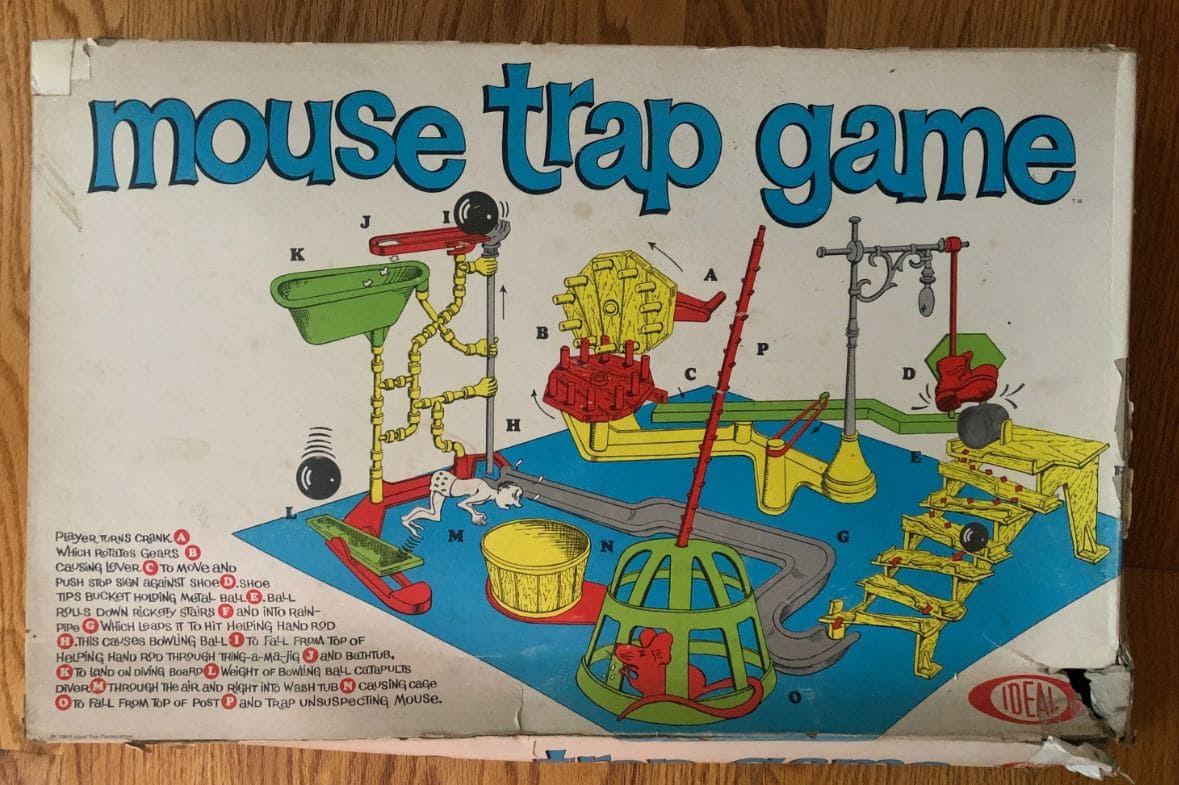
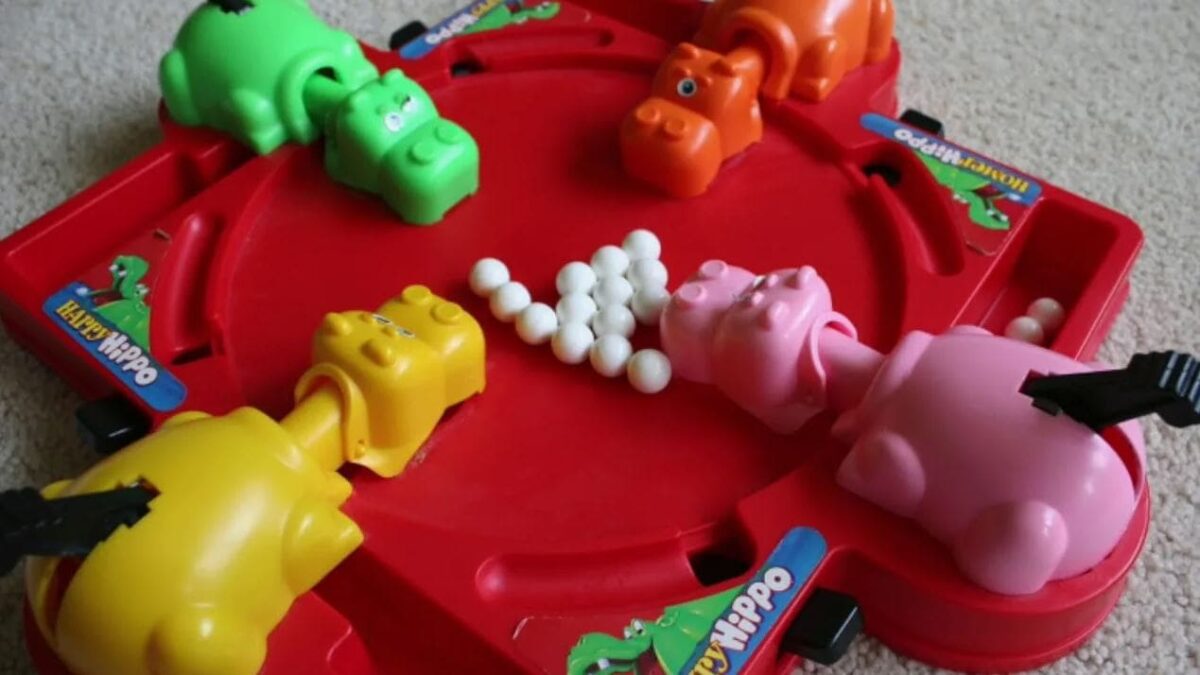

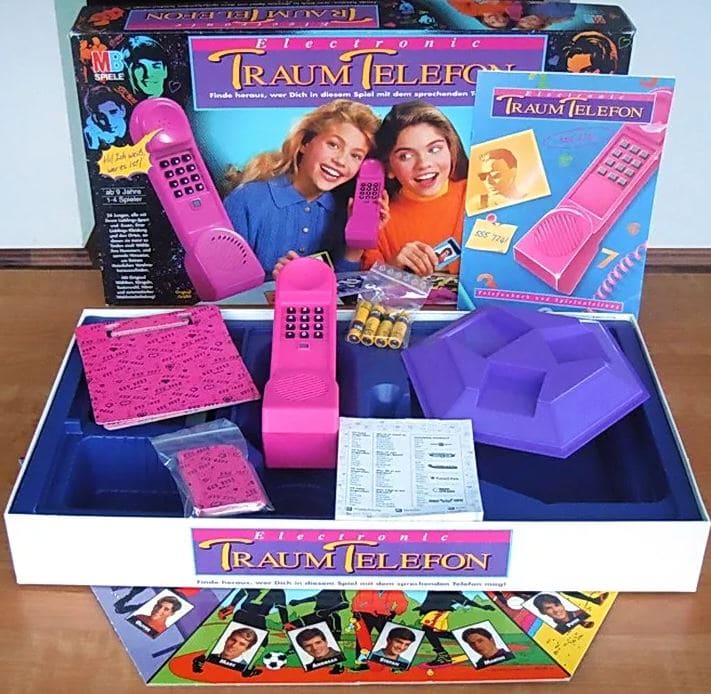
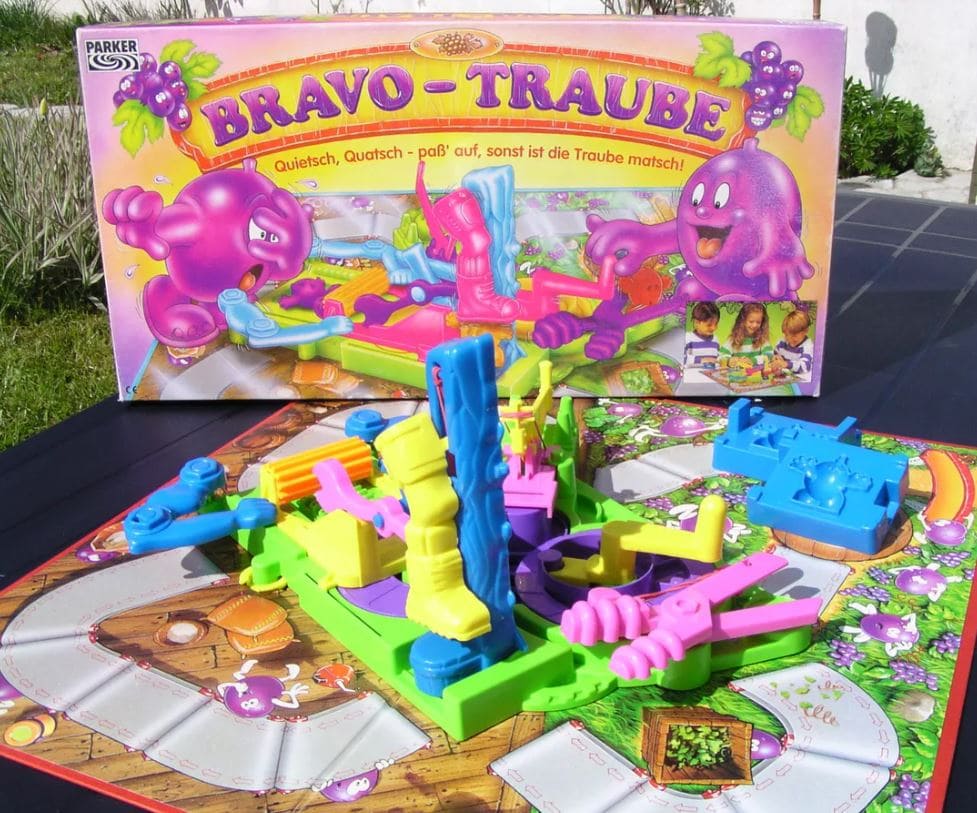
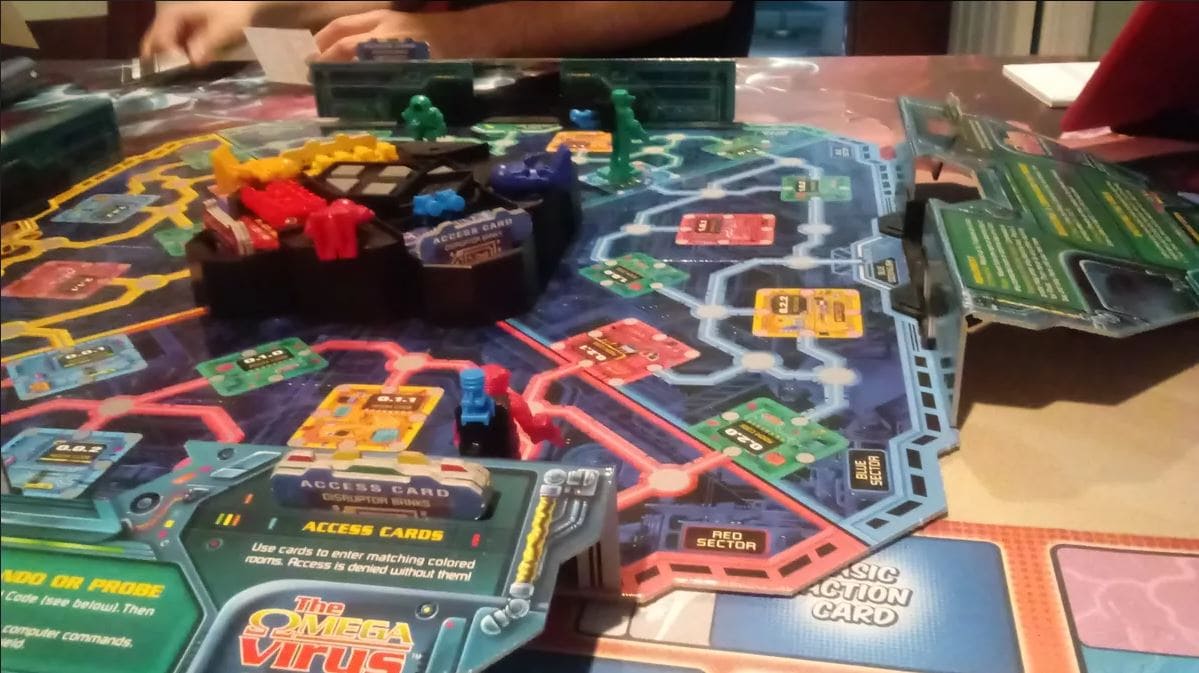

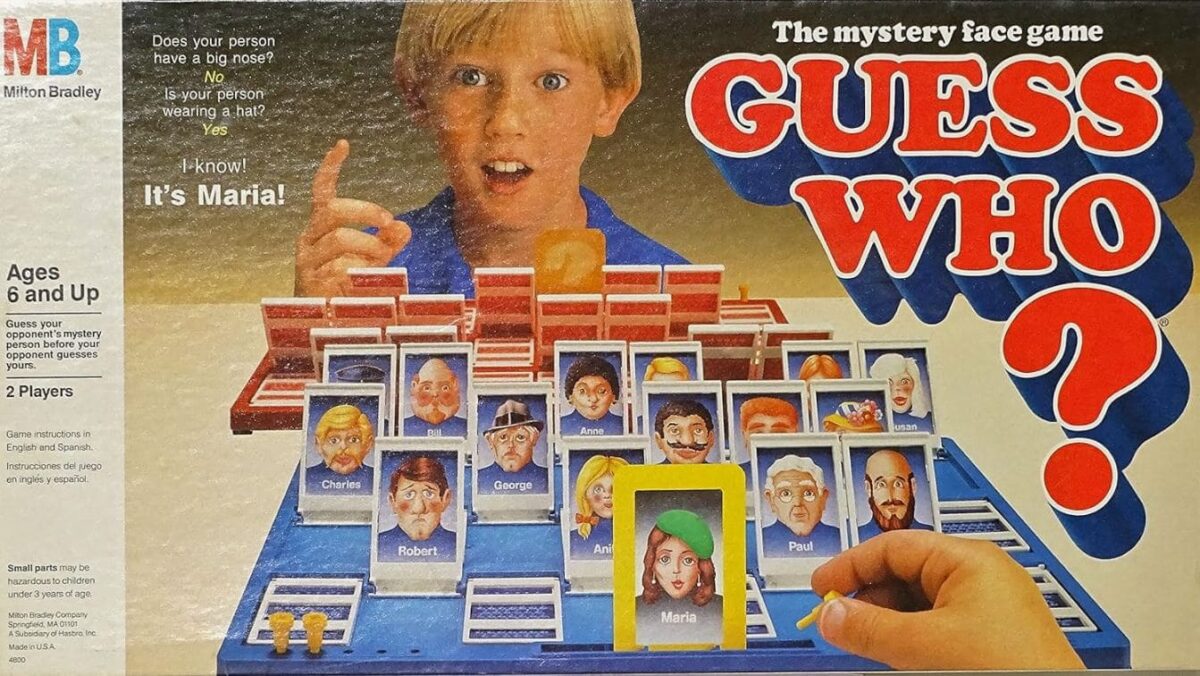
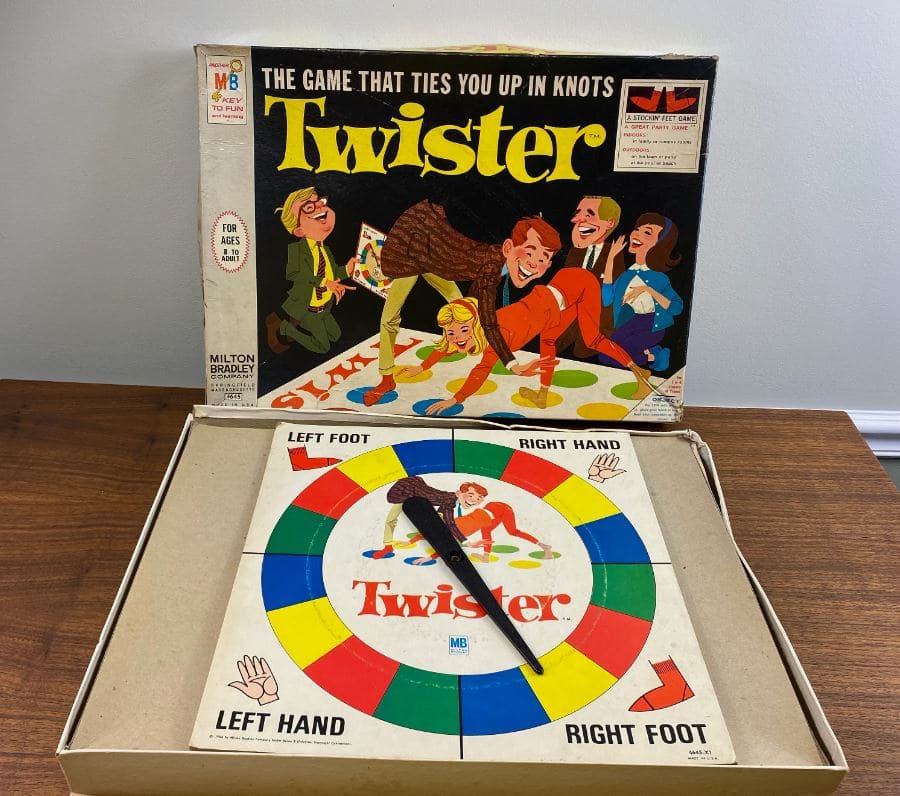

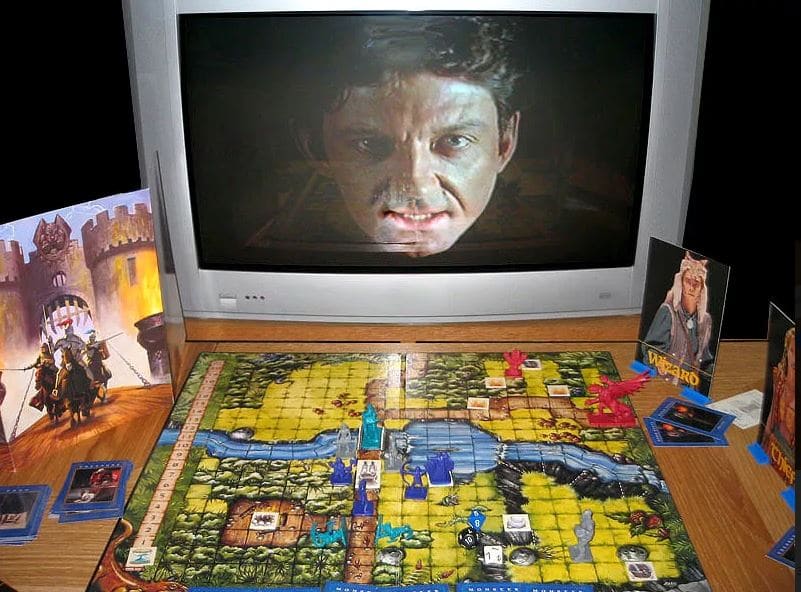
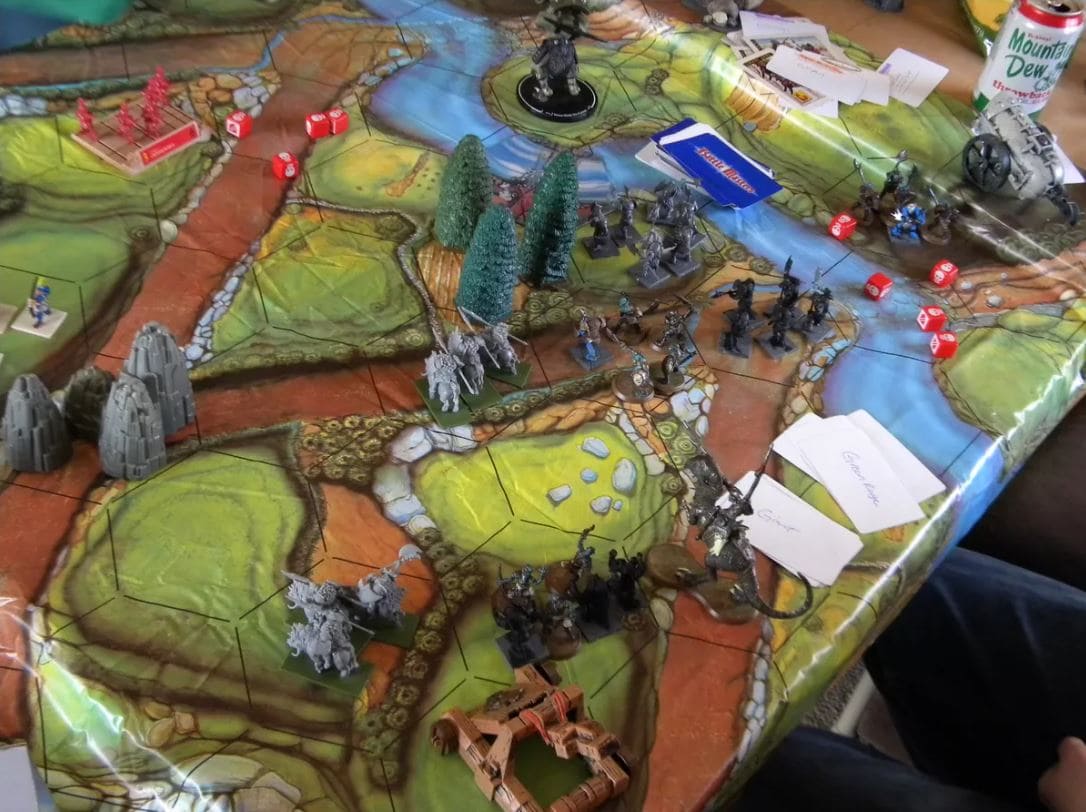
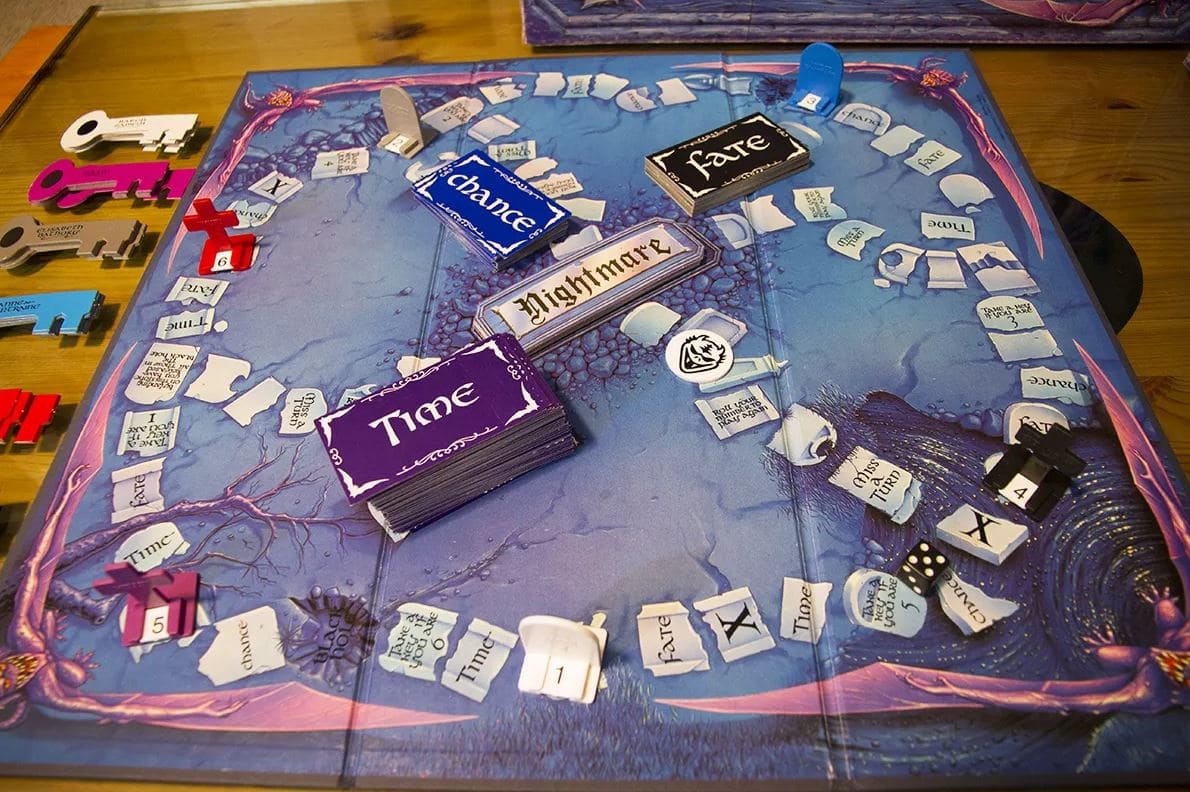
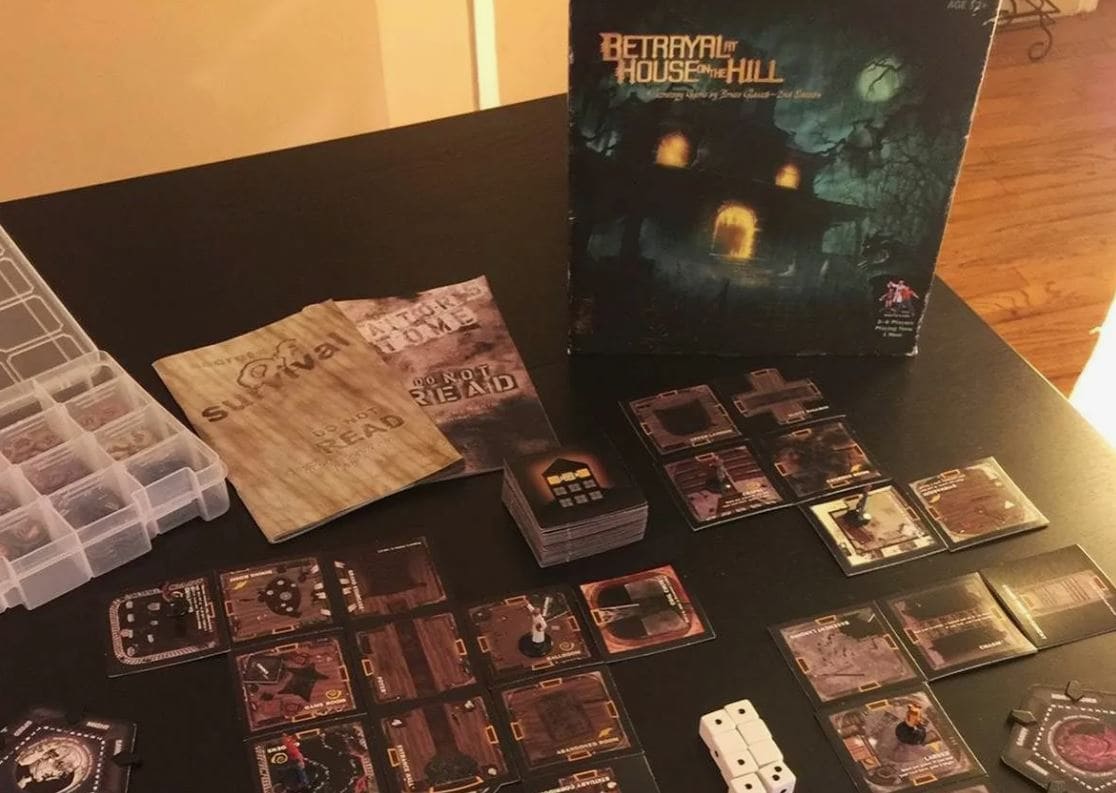

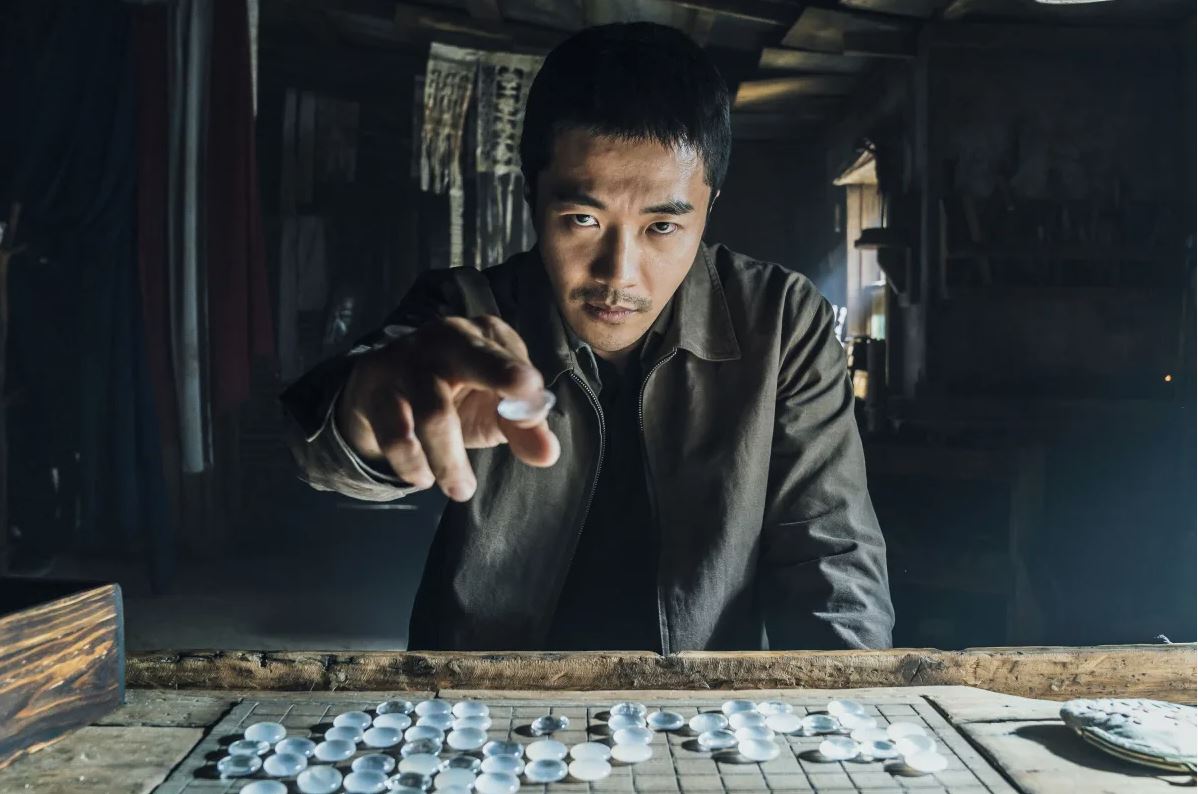
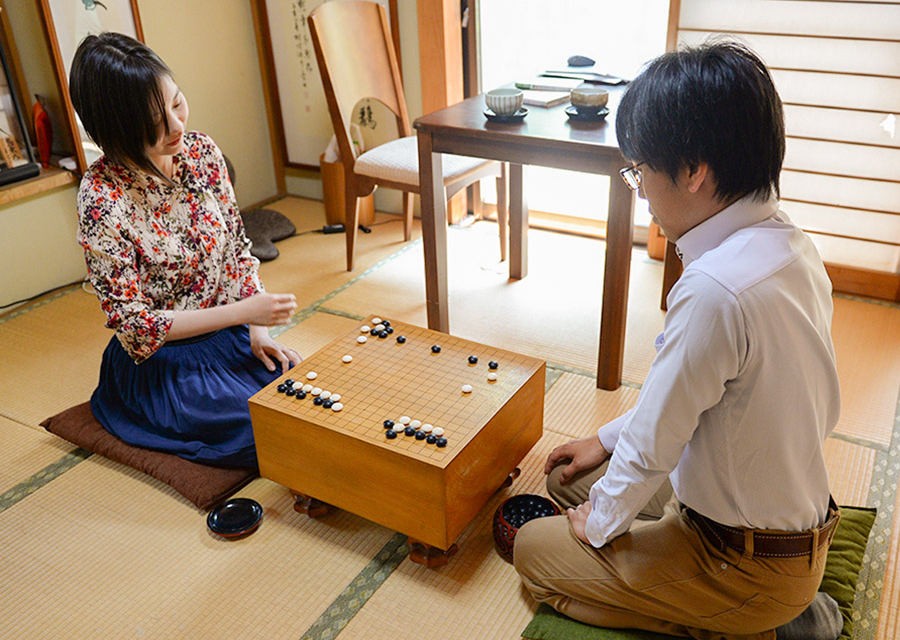
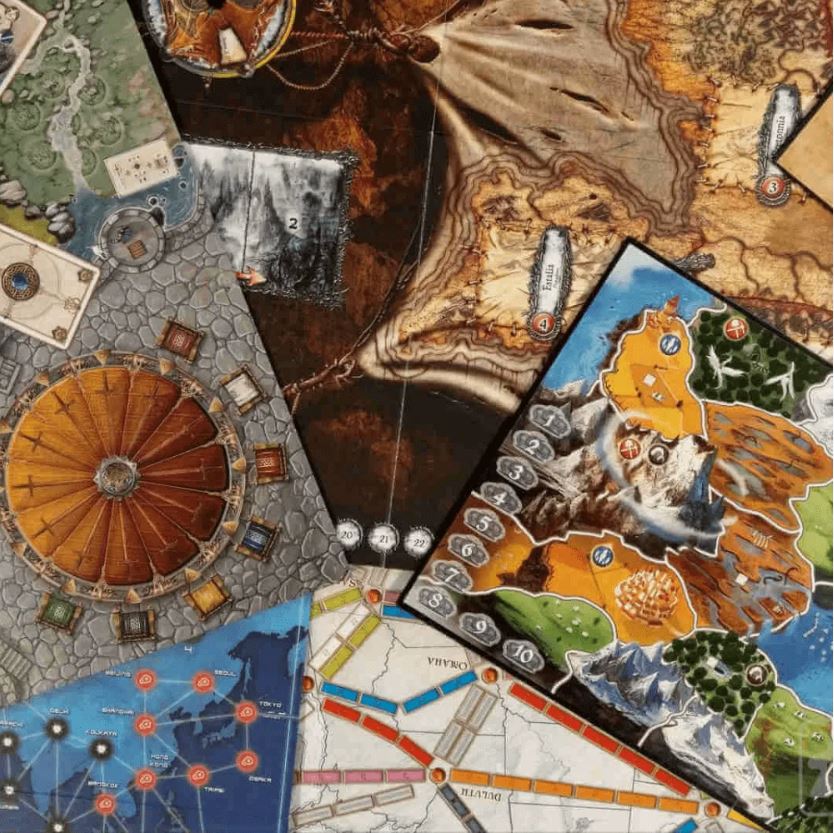
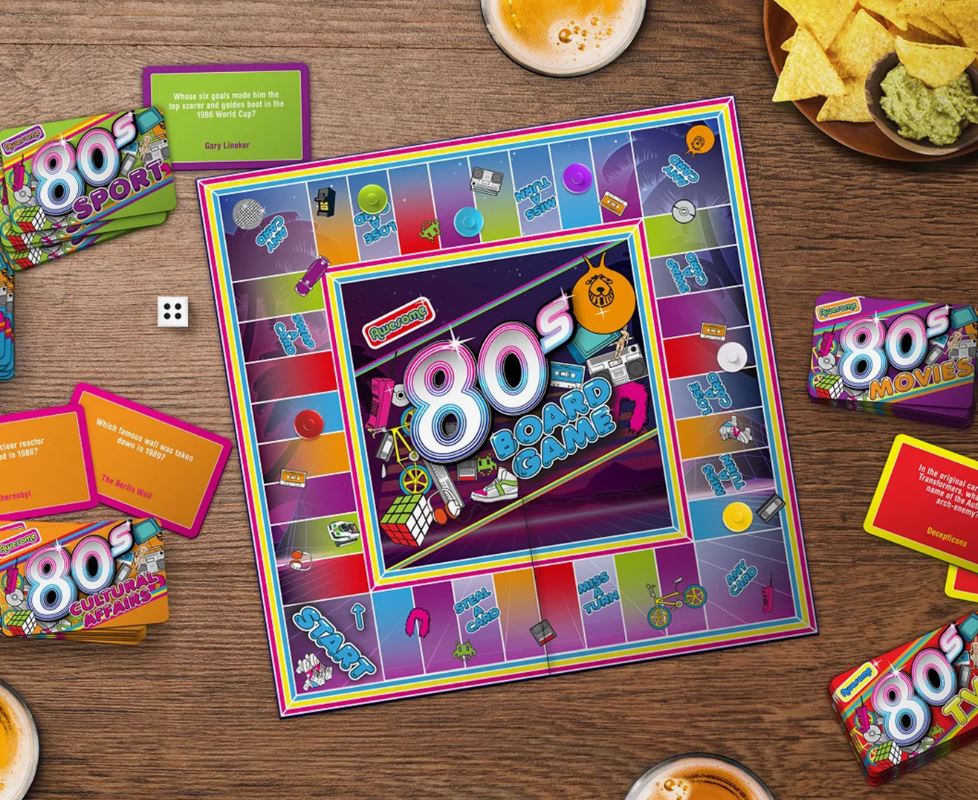
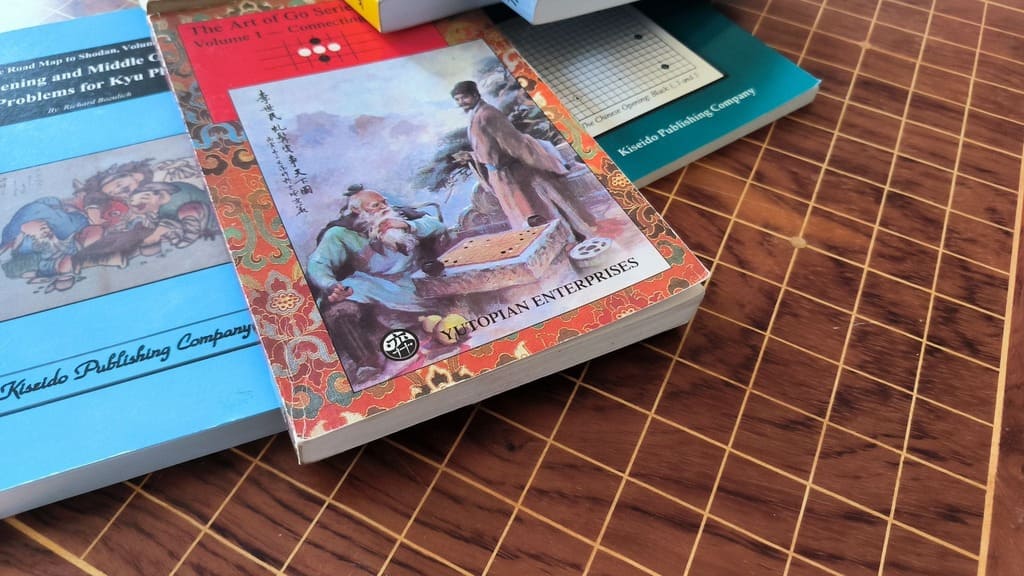
Оставить комментарий